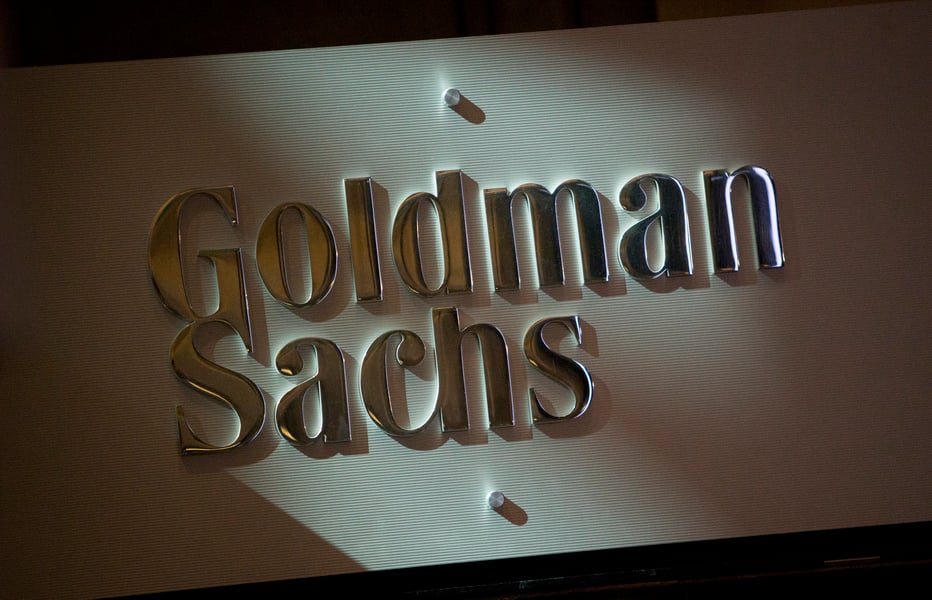Goldman Sachs has just filed for a new ETF called the Goldman Sachs Hedge Fund VIP ETF, which is based its popular “Hedge Fund Trend Monitor” research report put out by Ben Snider, David Kostin, and other analysts from Goldman's Global Investment Research division as seen in the picture below.
http://www.investmentnews.com/wp-content/uploads/assets/graphics src="/wp-content/uploads2016/03/CI103961219.JPG"
The research report &mdash: and the ETF — tracks the 50 companies that matter most to fundamentally driven hedge funds as found in their 13F filings. A 13F is a quarterly holdings report required for any hedge fund company with over $100 million invested in U.S. equities.
The ETF would mark the first time a Wall Street bank uses its own research report as the basis for an ETF. While this isn't Goldman's own investment calls per se, it does show them looking to leverage one of their greatest strengths in an ETF and differentiate itself from a crowded field of over 1,800 ETFs issued by more than 50 different companies. If these ETFs gather assets, this could turn into a trend for big Wall Street banks, some of whom are new to the ETF market.
It should be noted that Goldman's ETF wouldn't be the first to track hedge funds' stock holdings. The are a few ETFs that already do this, the most popular being the $120 million Global X Guru Index ETF (GURU). But all of them do it in different ways as illustrated by the chart, which shows the wildly different returns for the Goldman's Hedge Fund VIP index versus GURU since its inception. Meanwhile, the S&P 500 Index was up 57% during this time period.
http://www.investmentnews.com/wp-content/uploads/assets/graphics src="/wp-content/uploads2016/03/CI103964219.JPG"
The recent dip downward in the Goldman index is largely due to the health care stocks in the portfolio, namely Valeant Pharmaceuticals, which is down 64% in the past six months. However, that company, along with 13 others, was booted in the last rebalance as the latest 13F filings showed hedge funds shifting from laggards to leaders. This translated into a 17% increase in tech exposure for the index. The new ETF will mimic the index and rebalance twice a year.
The filing from Goldman also included another new ETF born out of their global investment research group called the Goldman Sachs High Sharpe Ratio ETF, which will equal-weight 50 large-cap stocks that show the highest risk-adjusted return. This ETF is based on Goldman's U.S. Weekly Kickstart strategy report, which showed how a portfolio of stocks based on high Sharpe ratios had outperformed most mutual funds and the S&P 500 Index. While Sharpe ratio is a widely used metric, there has never been an ETF built solely around it.
The filing did not include tickers or fees for the new ETFs. There is a good chance they will both be relatively cheap given the below-average fees of Goldman's current line of smart-beta ETFs, which have pulled in nearly $1 billion in less than six months on the market.
The new filing adds two new products to what is becoming a diverse group of ETFs that Goldman has in its pipeline awaiting SEC approval. The line-up consists of three smart-beta strategies and five hedge fund replication strategies, including an event-driven and relative value hedge fund ETF. Not to mention an environmental and socially responsible ETF. It typically takes 3-6 months from the time of the filing to the time the ETF launches.
One question now is how long until Goldman — and possibly other Wall Street banks — start packaging their much-publicized market calls and stock picks into an ETF? This would make it easy for investors to skip all the middlemen — not to mention fees — in an effort to put their money where Goldman's mouth is.
However, given that Goldman has abandoned five out of its top six trades for 2016, perhaps the timing on that concept is a little less than perfect this year.
.







